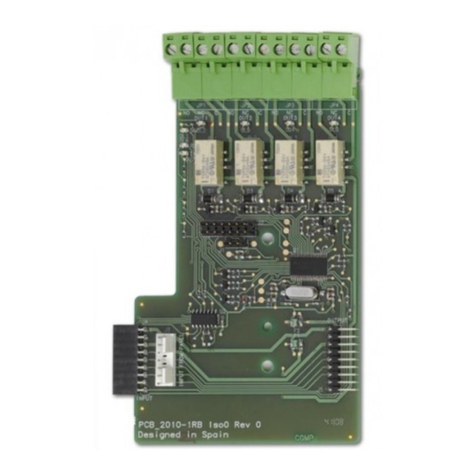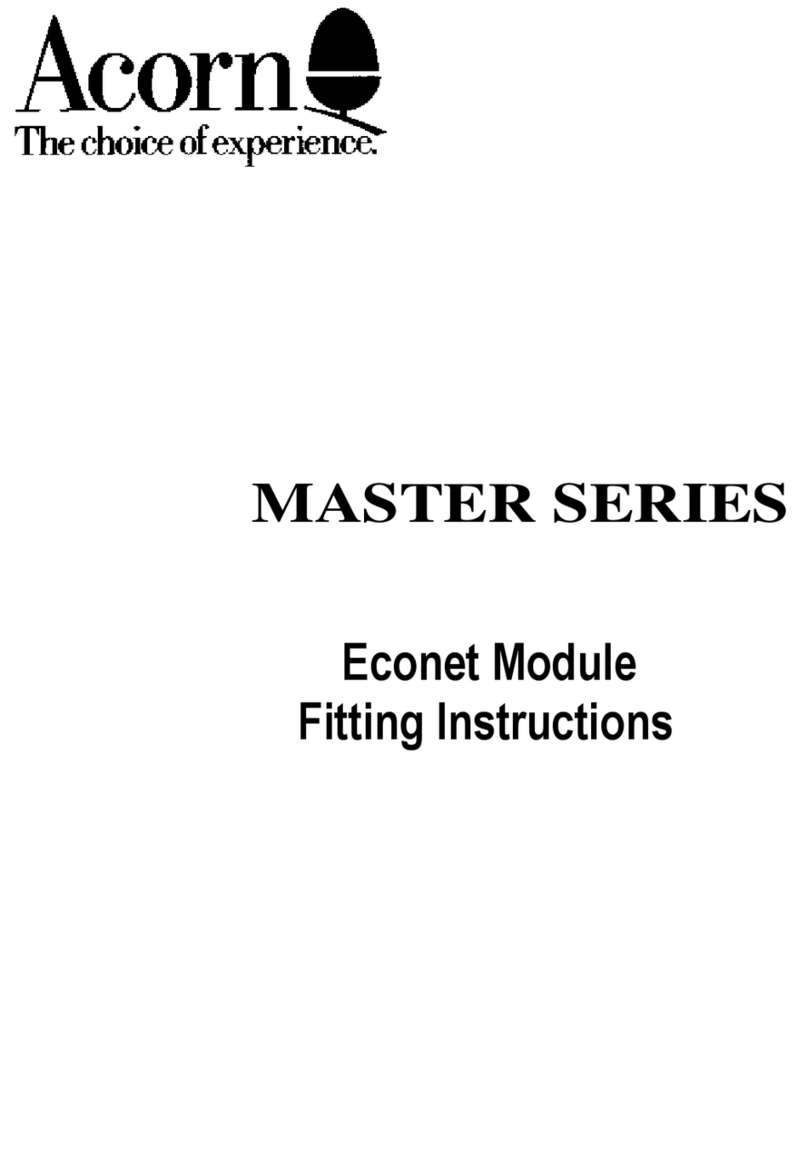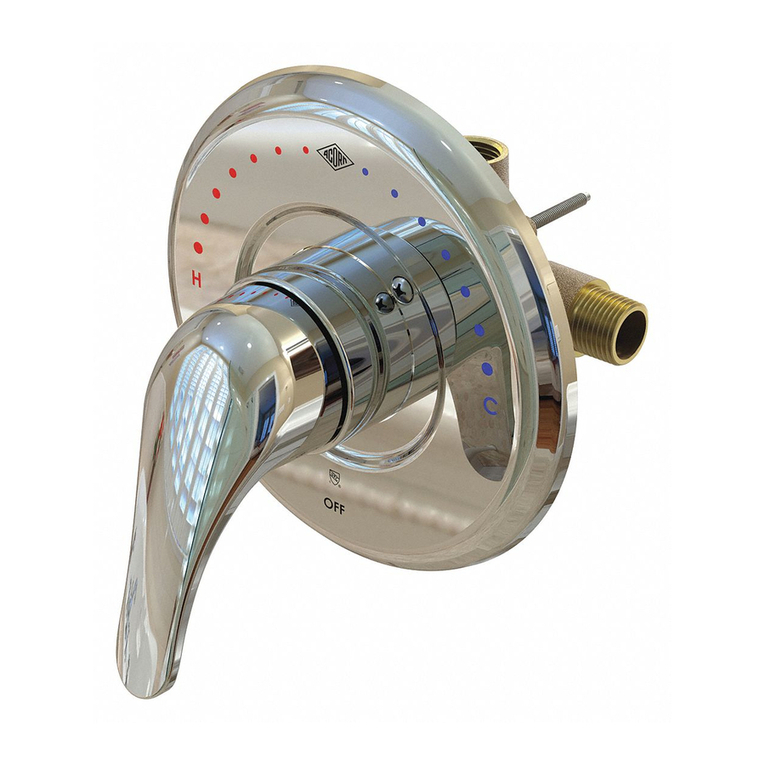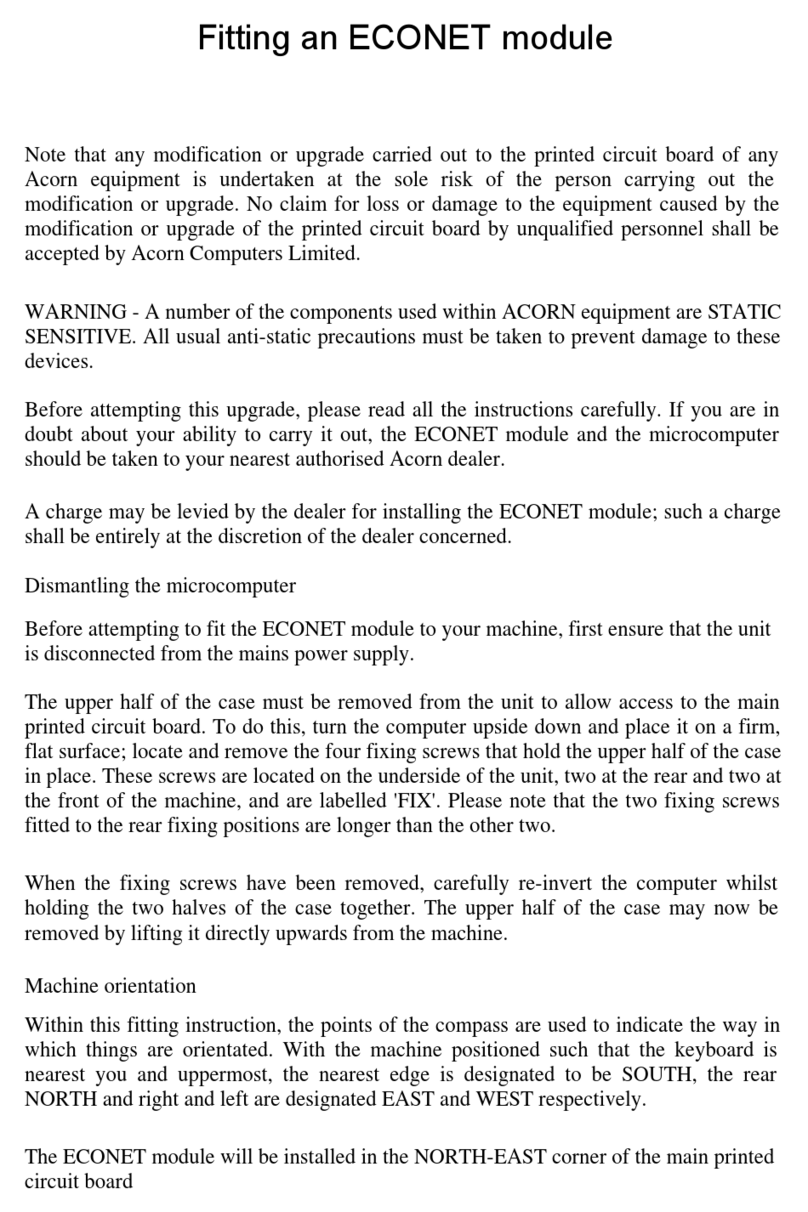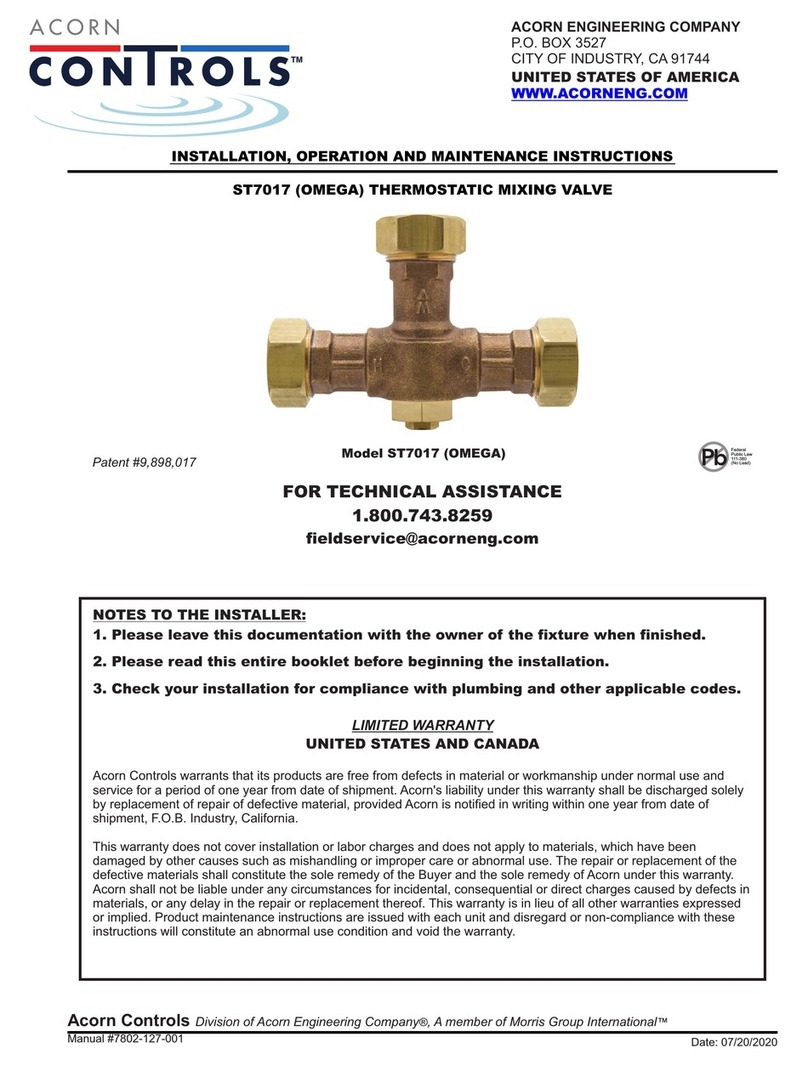
DevType Addr Stdval ThrTyp Dirty FrmVer PrdDate TstDate Op Mode Set Mod /
Set Op Customer Battery
All analogue smoke
detectors xxxxxxxx
All analogue smoke
and thermal
detectors
xxxxxxxx
All analogue
thermal detectors xxxxxxxx
Enhanced conven-
tional smoke
detector
xxxxxxx
Enhanced conven-
tional smoke and
thermal detector
xxxxxxxx
Enhanced conven-
tional thermal
detector
xxxxxxx
All analogue
resettable call
points
xxxxxxx
All analogue wall
sounders xxxxxxx
Base loop sounder
(non 32 tones) xxxxxxx
32 tones base loop
sounder and audio-
visual variant
xxxxxxxxx
All analogue input
modules and
channels
xxxxxx
not used
x
not used xx
All analogue
supervised output
modules and
channels
xxxxxxx
All analogue relay
output modules
and channels
xxxxxxx
All multiple chan-
nel module devices xxxxxxx
not used
x
not used xx
All multi-modules xxxxxxxxxx
Conventional zone
module xxxxxxxxx
Analogue loop
beacon xxxxxxx
Analogue remote
indicator lamp xxxxxxx
Picture 1 -
overview of the
programming
unit
Picture 2 - the
adaptor base
for sensors on
the program-
ming unit
Picture 4 - the
programmer’s
socket
Picture 5B - the jack to female
plug-in terminal block cable
Picture 7 - an example of
cable connection between
the programmer and a
conventional zone module
Picture 8 - the cable’s
plug-in female terminal
block in detail
Picture 9 - the key-
display interface
in detail
UP
DOWN
WRITE
READ
GENERAL DESCRIPTION
This product permits to set and read various parameters stored in the devices of the analogue-intelligent and the enhanced conventional
series family. Connection to the devices is made through the adaptor base of the programming unit for the detectors or through one of the
two plug-in cables (supplied with the product) for all other devices (only for the analogue-intelligent series).
The user can interact with the programming unit by using its in-built keypad and display; through this interface the user navigates through a
menu-based set of options and commands, permitting him to program certain parameters on the devices or to read data from them.
The programming unit can be used, for example, to:
- read and set an analogue address on a device,
- change a conventional or analogue temperature sensor from Rate Of Rise to High Temperature or vice versa,
- read the firmware version of a device and other data,
- activate or deactivate input or output channels on a multi-module device,
- programming a conventional zone module,
- program the operating mode on a 32 tones analogue base sounder or its audio-visual variant.
POWER SUPPLY
The programming unit needs to be power supplied: for this purpose a 9 V battery (supplied with the
product) is needed; to install the battery into the programming unit follow these steps:
1) Slide-off the battery lodgment cover from the programming unit.
2) Connect the device’s snap connector to the power supply battery.
3) Insert the battery into its lodgment.
4) Slide-in the battery lodgment cover onto the programming unit.
CONNECTING DEVICES TO THE PROGRAMMING UNIT
Only one device can be connected to the programming unit at a time; depending on the device type,
one of the three following ways of connection must be selected:
- Detector devices must be installed on the programming unit’s adaptor base.
- Analogue 32 tones base sounders (and their audio-visual variants) must be connected to the pro-
gramming unit with the supplied jack to jack cable (see picture 5A): insert one jack plug into the
programmer’s socket and the other jack into the sounder’s lateral socket (see picture 6).
- All other devices (only analogue-intelligent) must be connected to the programming unit with the jack
to female plug-in terminal block cable (picture 5B): insert the cable’s jack pin into the programmer’s
socket and the cable’s female plug-in terminal block into the device’s analogue loop male socket (see
picture 7 as an example and check the product’s specific installation manual).
Important note: avoid having a detector installed onto to the programming unit and another
device connected through the cable: if so is done, the programming unit will give you false
information.
You can notice that the “jack to terminal block” cable is composed of two wires: one is positive (red
color) and the other one is negative (black color). When inserting the plug-in female terminal block,
check the corresponding polarity on the device’s analogue loop male socket: positive polarity coincides with positive polarity and negative
polarity coincides with negative polarity (see picture 8); in order to perform this operation you need to look at the polarity label on the device
itself and its installation instructions manual.
PROGRAMMING UNIT’S KEYS - THE READ KEY
The READ key has two purposes:
- Enter into the main menu
- Enter into the address menu.
- “Refresh” the address menu
- Cancel a programming action that has not been yet executed.
PROGRAMMING UNIT’S KEYS - THE WRITE KEY
The WRITE key has two purposes:
- Enter into a sub-menu.
- Confirm and program a selected parameter into the connected device.
PROGRAMMING UNIT’S KEYS - THE ‘UP’ AND ‘DOWN’ KEYS
The UP and DOWN keys have the following functions:
- Increase (UP) or decrease (DOWN) the address that can be assigned to an analogue device.
- Increase (UP) or decrease (DOWN) the “operating mode” setup number to be assigned to a device. The “operating mode” feature, that is
applied only to certain analogue-intelligent devices, will be explained later.
- Navigate through the device’s menu or sub-menu.
Picture 3 - the programming
unit, the power supply
battery and its cover
ACTIVATING THE PROGRAMMING UNIT
After having connected the programming unit to a device, press READ once; on the display will appear the indication of the programming
unit’s firmware version. Programming unit’s firmware version can be assessed only in this activation phase.
After this initial phase, the display will visualize automatically the address menu.
ADDRESS MENU
This menu is used to read and set the address of the connected analogue-intelligent device and it will work only on this type of devices. This
menu is accessible automatically at start up or from the main menu by pressing the READ key.
The Address caption will be visualized on the display, and under it a three digit number (indicating the actual address of the device) or a No
Addr (no address, if the device hasn’t got, actually, an address).
When in this menu, by just clicking READ once, it is possible to read again the address of the connected device, performing a menu
“refresh” function.
By using the UP and DOWN keys, it is possible to increment or decrement the indicated number, and, after it is chosen, press the WRITE
key to memorize it on the connected analogue device (address storing will fail if an enhanced conventional detector is connected!).
STORING WARNING
WHEN STORING A PARAMETER, DO NOT DISCONNECT THE DEVICE: THIS CAN DAMAGE IT IRREPARABLY.
THE MAIN MENU
From the address menu press the READ key for some seconds: Family caption will appear giving the user the following options, scrollable
with the UP and DOWN keys:
Aurora: this option must be selected if an enhanced conventional detector is connected to the programmer; if selected, an enter test is
made: if successful the main menu is visualized and if not, an error is visualized.
Vega: this option must be selected if an analogue-intelligent device is connected to the programmer; no enter test is performed, but the main
menu will not work for a conventional sensor.
The main menu permits to view the data of the connected device and to perform certain setting operations on it.
Visualized data and available commands are not the same for all the devices, but the most of them are common.
A description of the possible menu options and visualized data will be given:
DevType: “device type”: under this caption, the programming unit will visualize the short name of the connected device type.
Device type datum is visualized for every device.
Addr: “address”: this caption, followed by an analogue address number, indicates, under it, the device type associated to such address; is
used only for multiple channel module devices and multi-modules, where, for each channel, its address and “sub-device” type needs to be
visualized on the programming unit.
Stdval: “standard value”: depending on the device type connected, it indicates:
- If an analogue-intelligent device is connected, it indicates its “analogue standard value”: this is a common internal index for the analogue
series devices; this value ranges from 0 to 255, but in normal condition is stable around 32; when the device is alarmed or activated, this
value is set to 192.
Standard value datum is visualized for every analogue-intelligent device.
- If an enhanced conventional detector is connected, it indicates the “photo value”: this is a non standardized internal index and it is visual-
ized only for conventional detectors having a smoke sensing feature.
ThrTyp: “thermal type”: indicates whether the thermal sensor, installed on the programming unit, is a a standard ROR (Rate Of Rise) or an
high temperature one. By pressing the WRITE key, it is possible to access the sub-menu that permits to program the thermal operating
mode (ROR or high temperature).
Thermal type datum is visualized for enhanced conventional and analogue-intelligent detectors having a thermal sensing feature.
Dirty: indicates the pollution percentage present in the optical chamber of analogue-intelligent and enhanced conventional smoke and
smoke-thermal detectors.
FrmVer: “firmware version”: indicates the version release number of the firmware loaded into the connected enhanced conventional or
analogue-intelligent device.
This datum is common to all enhanced conventional and analogue-intelligent devices.
PrdDate: “production date”: indicates the date (year and week) of firmware’s programming into the connected device.
Production date firmware datum is common for every enhanced conventional and analogue-intelligent device.
TstDate: “test date”: indicates the date (year and week) of the connected device’s functional test in the producer’s factory.
Test date datum is common for every enhanced conventional and analogue-intelligent device.
Op Mode: “operating mode”: indicates a decimal value that, if programmed into certain analogue-intelligent devices, sets its functional
operating characteristics.
Operating mode datum is visualized and used only for analogue multi-modules, conventional zone modules and analogue 32 tone base
sounders and their audio-visual variants.
Set Mod / Set Op: “set (operating) mode”: when this caption appears, the pressing of the WRITE key permits to access the operating mode
value selection sub-menu (with the Sel Op caption on the display).
Operating mode datum is visualized and used only for analogue multi-modules, conventional zone modules and analogue 32 tone base
sounders and their audio-visual variants.
Customer: indicates the customer code security value programmed into the connected analogue-intelligent device.
Customer code value datum is visualized for all analogue-intelligent devices.
Battery: indicates the remaining battery’s power supply percentage of the programming unit.
Battery datum is always visualized, even if the programmer is not connected to any analogue-intelligent device.
Picture 5A - the jack
to jack cable
Picture 6 - an example of cable
connection to the 32 tones
analogue base sounder
www.acornfiresecurity.com
www.acornfiresecurity.com












